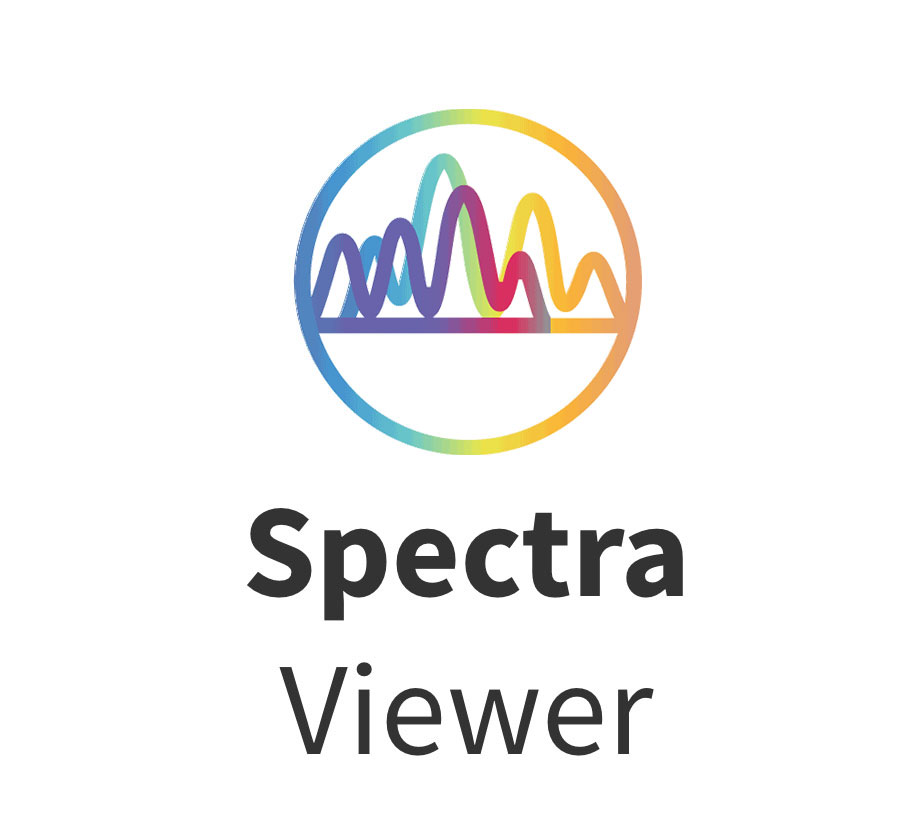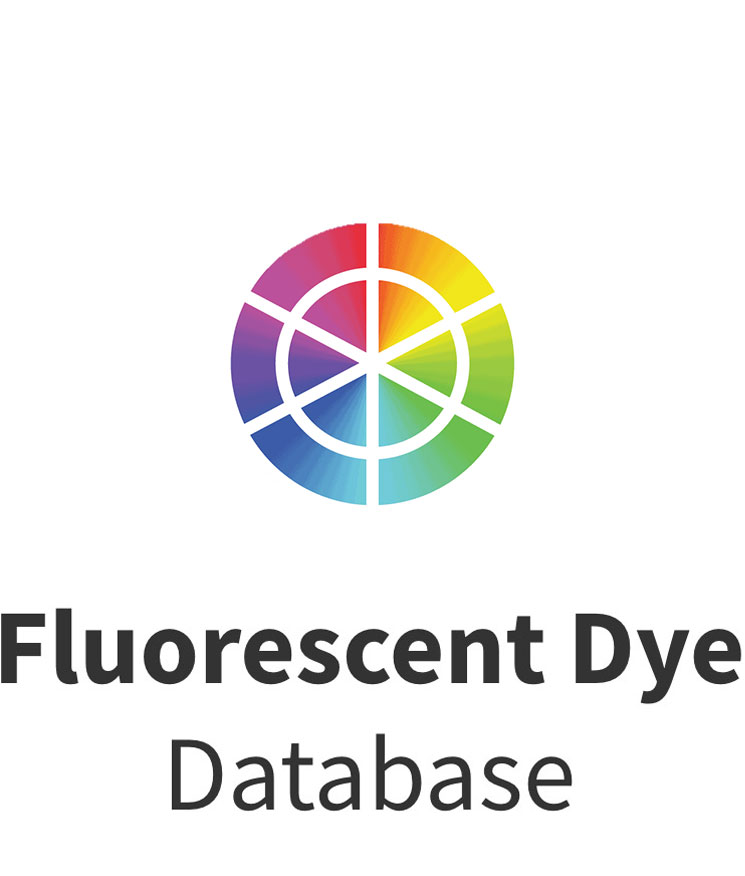Fluorescent detection is one of the most powerful tools available to researchers. Not only does it offer the advantages of high sensitivity, simple operation, and the capacity for multiplexing, but it also allows for capturing dynamic biological processes in real-time. Yet researchers continually seek further improvements to the fluorescence-based assays that they perform. To meet these demands, dye manufacturers are developing new products that address known limitations of existing fluorochromes and provide even greater flexibility for panel design. Here, we showcase some of the dyes that were launched in 2024 and the benefits they bring to scientific research.
Expansion of the BD Horizon RealYellow™ and RealBlue™ Dye Family
BD launched the first member of its BD Horizon RealYellow™ and BD Horizon RealBlue™ Reagents family in 2022. Today, there are 10 products in this line, following the release of 5 new dyes this year.
“In 2024, BD expanded the BD Horizon RealYellow and BD Horizon RealBlue Reagents family to include 3 more yellow-green (561 nm) laser-excited dyes (RY610, RY703, RY775) and 2 more blue (488 nm) laser-excited dyes (RB613, RB670),” reports Anne Gable, Ph.D., Senior Global Marketing Manager at BD. “The new RealYellow and RealBlue Reagents are specially engineered to deliver reduced spillover and thus optimize resolution when used with other fluorochromes, helping to expand experiments on both conventional and spectral flow cytometers.”
BD Horizon RealYellow and RealBlue Reagents have reduced cross-laser excitation and lower background than traditional fluorochromes, as well as significantly reduced monocyte background compared to PE-Cy tandems. To support the detection of surface and intracellular markers from a variety of expression levels, the dyes exhibit different brightness levels. “We will continue to expand the BD Horizon RealYellow and RealBlue Reagents family in 2025,” says Gable.
Learn more about these BD dyes here.
Spark PLUS™ Dyes Launched by BioLegend
In 2024, BioLegend expanded its Spark dye family with the introduction of Spark PLUS UV395™ and Spark PLUS B550™. “Spark dyes were originally developed to fill spectral spaces between existing fluorophores, maximizing panel flexibility,” explains Safa Moreno, Associate Product Manager of Cell Analysis at BioLegend. “This year, we added Spark PLUS™ dyes to our portfolio. These fluorophores are specifically designed to deliver brighter signals and enhanced performance.”
Spark PLUS UV395 is an exceptionally bright UV laser-excited dye that is highly stable to heat or a variety of commonly used fixative solutions. Additionally, it can be unmixed from Spark UV 387, providing researchers with even more options for combining UV laser-excited dyes in large panels. Spark PLUS B550 maximizes signal from the blue laser and minimizes yellow/green cross-excitation and spillover, making it ideal for use with FITC and PE in spectral flow cytometry. It also exhibits high stability against heat, light, and fixatives. Both Spark PLUS UV395 and Spark PLUS B550 have a relative brightness of 4 out of 5, offering versatile options for detecting antigens at various expression levels.
Moreno notes that more Spark PLUS dyes will be coming soon, each formulated to provide brighter signals and enhanced performance.
Learn more about these BioLegend dyes here.
Growing Antibody Collection Featuring Astral Leap™ Tandem Dyes
Biotium released its high-performance Astral Leap™ Tandem Dyes at the tail end of 2023 as labels for its premier Biotium Choice Antibody line for flow cytometry. The tandem dyes are available with robust and validated clones for important immune and exosome targets.
“Astral Leap Tandem Dyes are novel long Stokes shift tandems that enable expanded multiplexing for flow cytometry, while offering exceptional signal-to-noise,” says Eric Torres, Ph.D., Marketing Manager at Biotium. “They were developed through breakthrough chemical strategies that optimize both the Förster Resonance Energy Transfer (FRET) dye capabilities and conjugation to the antibody. RPE-Astral™616 and APC-Astral™813 are currently available with our Biotium Choice primary antibodies that are validated and optimized for flow cytometry, with more target and color options in the pipeline.”
Learn more about these Biotium dyes here.
High-Performance Near-Infrared Dyes from Biotium
With the growing availability of high-multiplex flow and microscope systems capable of excitation and detection in the near-infrared, more spectrally unique dyes will be needed to take full advantage of the technology. Biotium is supporting this area with a growing collection of unique and high-performance near-IR CF® Dyes, now available in 9 color options from ~720 nm to ~900 nm emission. Biotium recently launched a new highly photostable CF®740 color, available with select secondary antibodies and other conjugates, and plans on releasing more near-IR CF Dye colors and conjugates soon.
Learn more about these Biotium dyes here.
Bio-Rad’s StarBright™ Dye Product Range Increased
Bio-Rad’s established family of StarBright™ Dyes grew in 2024 with the launch of three new StarBright Red Dyes — StarBright Red 715, 775, and 815. “There are now 32 StarBright Dyes available,” reports Mike Blundell, Ph.D., Product Manager at Bio-Rad. “Since introducing our first StarBright Dyes to the market in 2020, we have continued to add new markers. For example, in August we launched Annexin V StarBright conjugates. These have emission maxima far away from common viability dyes that are typically used in conjunction with Annexin V staining, thereby reducing spillover/spreading effects, and come in 8 different formats to allow choice when building panels.”
Key features of StarBright Dyes include their brightness, narrow excitation and emission spectra, and the fact that they have no special buffer requirements for multiplexing. They are also fixable with no loss of signal or change of spectra and provide the ability to premix panels and store at 4oC for up to 12 months. “As well as saving time on pipetting, premixing reduces experimental error and ensures reproducibility from day to day, which can be very important if patient samples are arriving over a period of time,” says Blundell.
The StarBright Dyes family is set for further expansion, with conjugation kits and further dyes on the way. The conjugation kits will include a protocol for use with intracellular markers.
Learn more about these Bio-Rad dyes here.
NovaFluor Dyes Introduced by Thermo Fisher Scientific
Built using Phiton™ technology, NovaFluor Dyes from Thermo Fisher Scientific have narrow excitation for minimal cross-laser excitation, delivering high resolution for traditional and spectral flow cytometry. The NovaFluor product range has been extended in 2024 with a growing number of conjugated antibodies.
“Cross-laser excitation is a significant contributor to spillover in flow cytometry experiments,” explains Mohammad Khan, Ph.D., Global Market Development Manager at Thermo Fisher Scientific. “Because the NovaFluor Dyes are designed to minimize this effect, spillover is reduced. This lessens the need for compensation, decreases spreading error, and increases opportunities to add new markers – aiding in the construction of flow cytometry panels with increased resolution while expanding the overall size of panels. In addition, recently launched NovaFluor dyes for Ultraviolet, Violet, Blue and Yellow lasers fit in a spectral space that is currently not accessible by other spectral dyes, thus providing more opportunities to build larger panels with minimal loss of resolution.”
Further NovaFluor Dyes are planned for next year, as well as more conjugates targeting different markers.
Learn more about these Thermo Fisher Scientific dyes here.
Novel Cellular Stains from Biotium
In addition to new label options for flow antibodies, Biotium launched several unique cellular stains during 2024, including NucSpot® Nuclear Stains and CytoLiner™ Fixed Cell Membrane Stains.
NucSpot® Nuclear Stains were developed to allow more flexibility for nuclear counterstaining with reduced channel cross-talk issues. The stains provide nuclear-specific staining with a wide selection of colors ranging from green to near-IR, with unique options for near-IR detection. In addition to greater flexibility for multiplexing, NucSpot Nuclear Stains avoid problems of cross-talk and photoconversion seen with DAPI and Hoechst. The stains can be used for no-wash nuclear staining and are suitable for counterstaining of fixed and permeabilized cells, or for staining of dead cells in live cultures.
CytoLiner™ Fixed Cell Membrane Stains are a new generation of membrane dyes uniquely engineered to permit selective staining of the plasma membrane in formaldehyde-fixed cells for microscopy. They were designed to overcome the highly variable staining seen with poorly soluble lipophilic membrane dyes that are prone to aggregation, like DiI and PKH dyes. CytoLiner stains come in a selection of 5 different colors, spanning blue to near-IR emission wavelengths.
Supporting Your Research
Whether you’re working with traditional fluorophores, new dyes, or a combination of both, FluoroFinder has developed a range of tools to streamline the design of your experiment. Search these and more in our Fluorescent Dye Database, which contains detailed information on the optical properties and spectral profiles of more than 1,300 fluorophores, and use our Spectra Viewer visualize and compare dye properties alongside instrument-specific laser and filter configurations.





